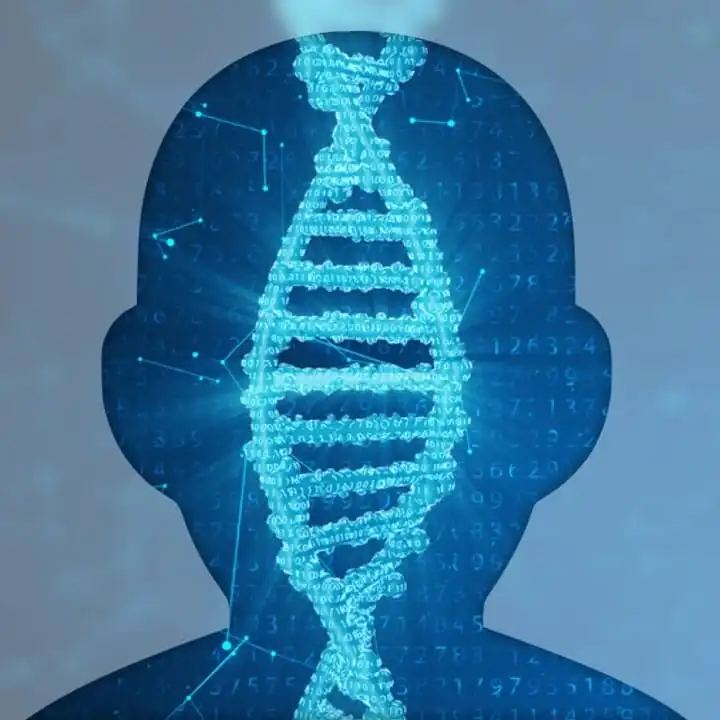What is Sturge-Weber syndrome?
It is a rare neurological syndrome. One of its identifying characteristics is a very distinctive port wine stain on the forehead, scalp, or around the eye of an affected individual. This stain must be accompanied by abnormal or affected blood vessels on the brain on the same side of the head as the stain. A port wine stain alone is not Sturge-Weber syndrome.
The syndrome is often also referred to, in medical terms, as encephalotrigeminal angiomatosis.
What gene changes cause Sturge-Weber syndrome?
Mutations in the GNAQ gene are responsible for the syndrome. The syndrome is not inherited but the consequence of random or new mutations, and even, somatic mutations (only in the affected tissue).
What are the main symptoms of Sturge-Weber syndrome?
The main symptoms of the syndrome are a port wine stain on one side of the face, and abnormal blood vessels in the brain on the same side of the face. Both symptoms must be present for Sturge-Weber to be identified.
These abnormal blood vessels can then trigger a number of other symptoms related to the syndrome. These include seizures and convulsions, development delay (specifically cognitive delay), a weakness on one side of the body, and possible paralysis. Around 50% of infected individuals with the syndrome also suffer from glaucoma which is a condition of the eye which can cause pain, sensitivity to light, and issues with vision.
How is it diagnosed?
To find out if someone has a diagnosis of Sturge-Weber syndrome, it is important to have a consultation and evaluation with a clinical genetic specialist. Specialists may also suggest specific genetic testing or other types of tests to help reach a diagnosis. FDNA’s AI technology can help speed up the diagnostic process by analyzing facial features and other health information.
